General
- Injuries to the distal (down at the elbow) biceps and triceps tendons are relatively rare.
- Distal biceps and triceps tendon tears may be partial or complete. They most often occur in men age 30-60 years and usually in the dominant arm.
Anatomy
- The biceps tendon attaches the large biceps muscle in the front of your upper arm to the radius. The biceps is important for bending (flexing) and rotating the forearm palm up (supination).
- The triceps tendon attaches the large triceps muscle in the back of your upper arm to the olecranon (tip of the ulna). It is important for straightening your elbow.
Risk Factors
- Age
- Degeneration of tendon
- Poor blood supply to tendon
- Certain sports (competitive weightlifting, body building, football)
- Systemic illness
- Anabolic steroid use
- Local steroid injection
- Floroqunolone use
Symptoms
- Patients often hear a “pop”
- Pain
- Swelling
- Bruising
- Deformity or “balling up” of the muscle
- Decreased strength
Diagnosis
- Physical examination is very important and looks to identify areas that reproduce pain, identify any tendon defects, test strength and range of motion.
- X-rays look at the bony structures of the elbow.
- MRI may be useful to get a better look at the soft tissue structures.
Treatment
- Non-Surgical
- May be an option for older or sedentary patients who are willing to accept decreased strength and function.
- People with distal biceps injuries who choose non-surgical treatment can expect to lose 50% or supination (rotation of the forearm to palm up), 30% of elbow flexion (bending), and 15% of grip strength.
- Non-operative treatment included activity modification to avoid activities to avoid those things that cause irritation, use of non-steroidal anti-inflammatory (NSAID) medication to reduce pain and inflammation, and physical therapy to strengthen the other muscles in the area.
- Surgery is often recommended for patients with high-grade partial or complete tendon tears to give the best opportunity for acceptable strength and function.


